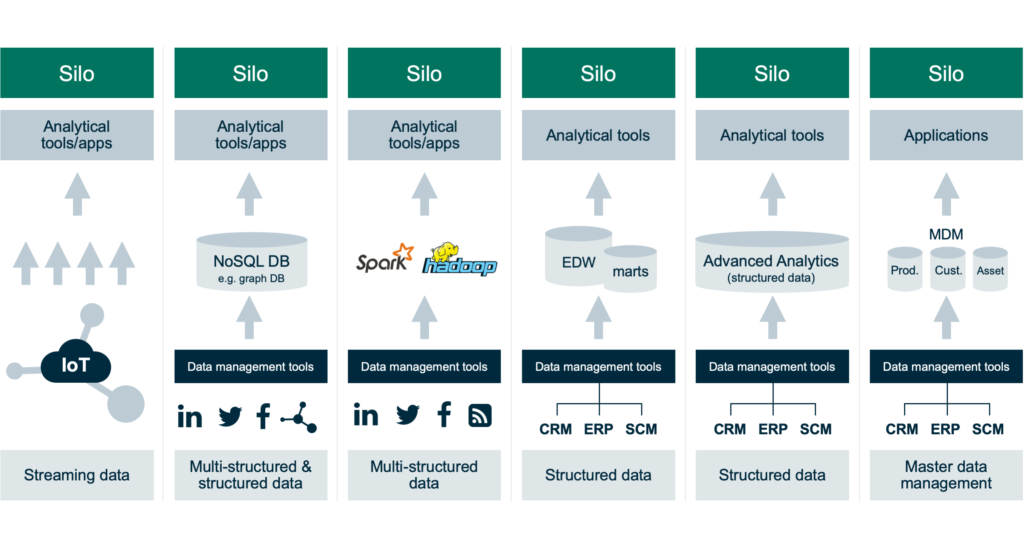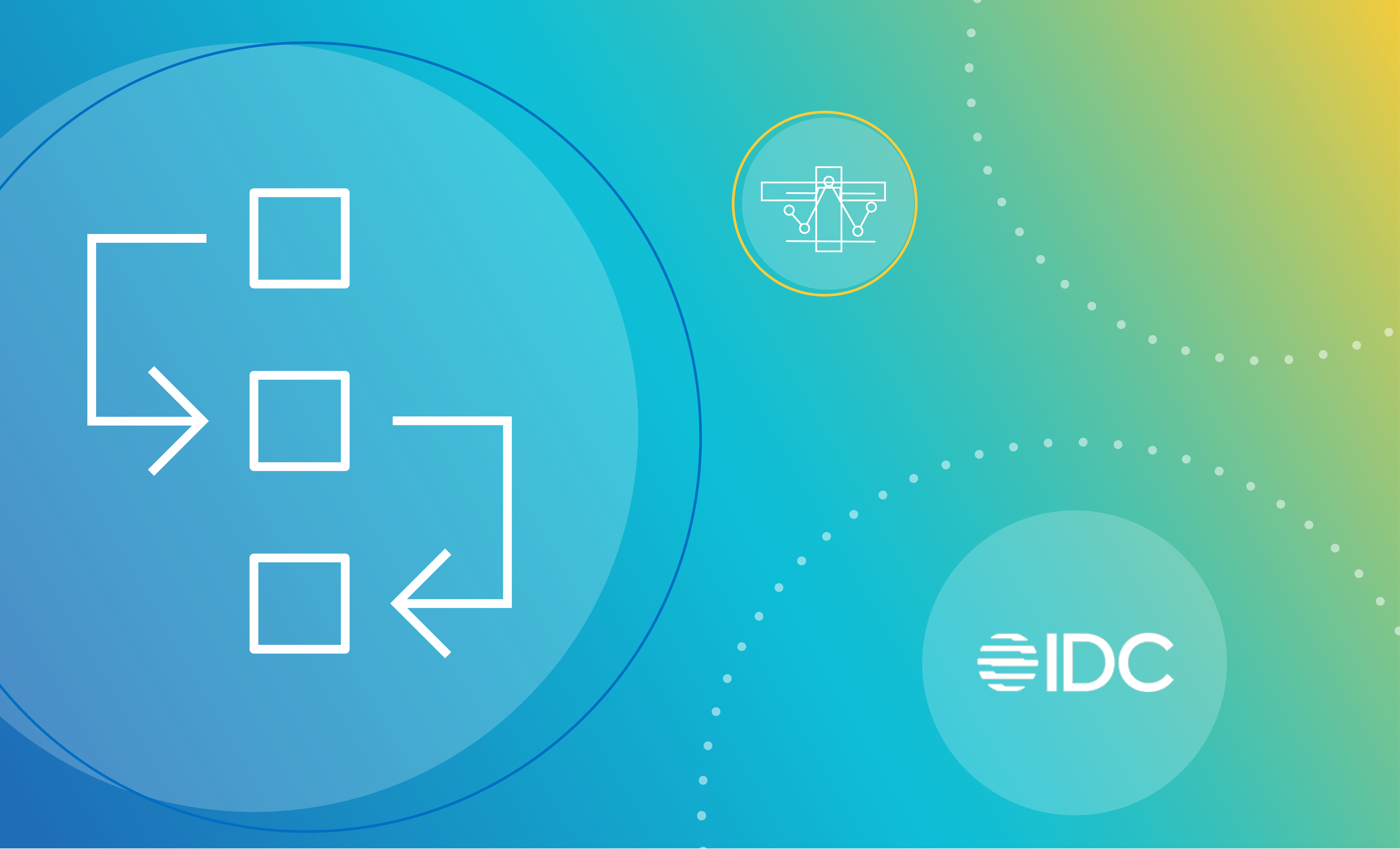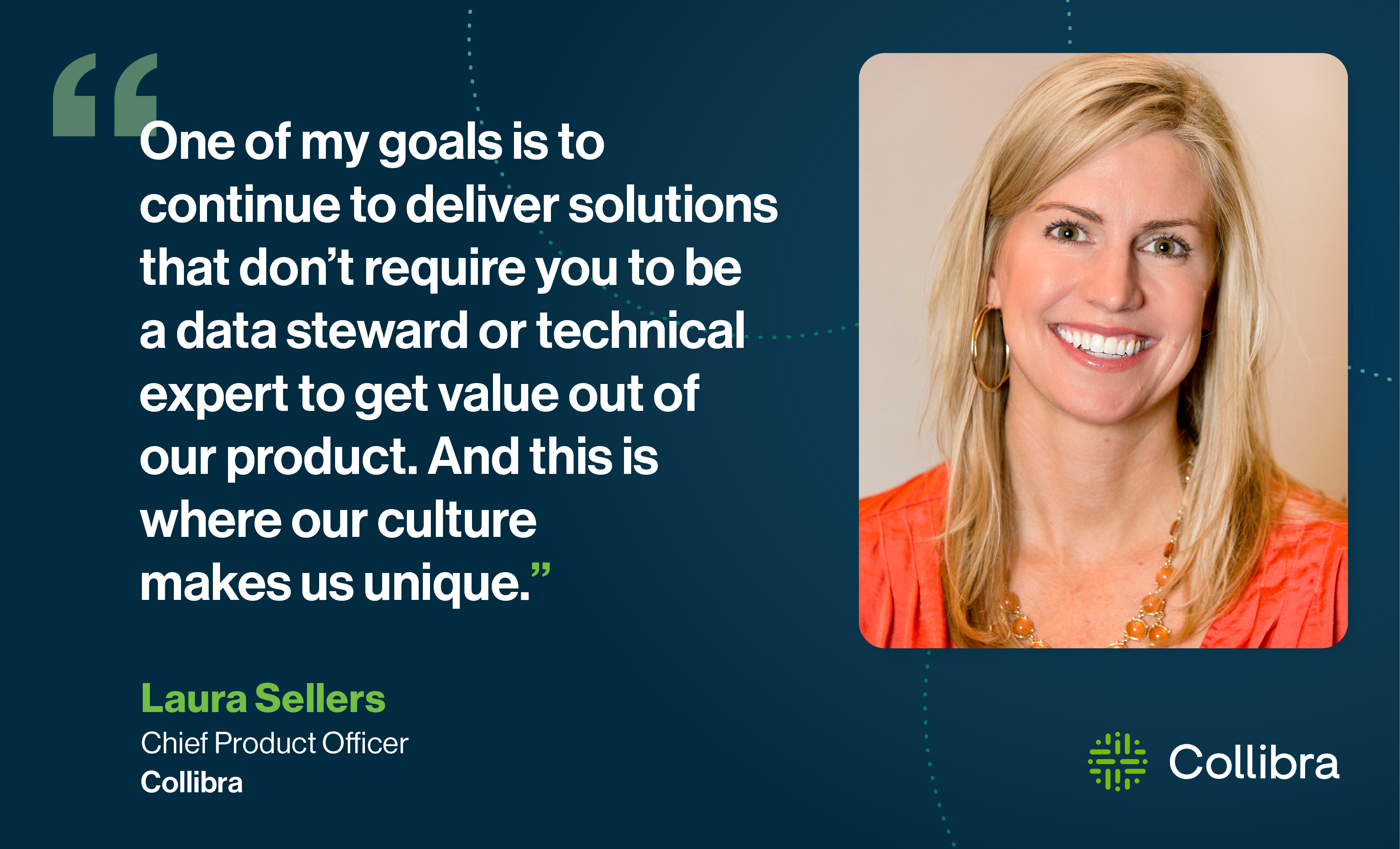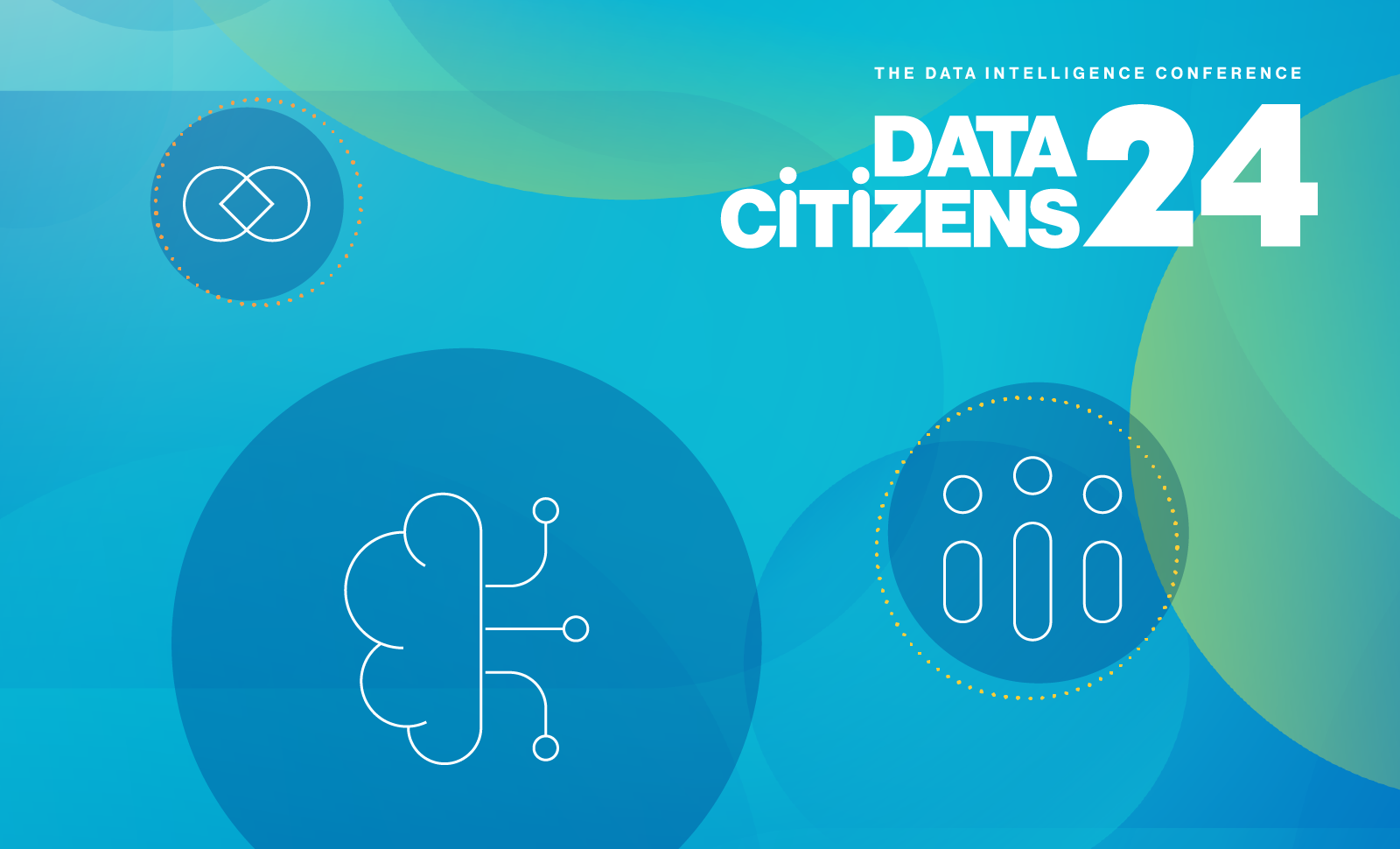Over the last few months, we’ve seen our personal and professional lives transform entirely. We’ve vacated our offices to spend the totality of our days at home, with more time engaging with our family, our pets or just spending time alone.
One of the consequences of this shift to entirely remote work is that it exacerbates our challenges with inter- and intra-departmental silos. Teams that already had difficulty collaborating are feeling even greater pain today than ever before.
When it comes to data usage, silos are the greatest enemy of teams. Silos waste valuable time and resources and can lead to lost opportunities (and money), slow innovation, increased costs, reduced market competitiveness – the list goes on.
Data is not meant to be an impediment. By eliminating silos, organizations can use data as an asset, transforming their businesses for the better and outperforming their strategic goals. Organizations need a central location to cooperate, access and examine trusted data. They need to embrace collaboration to make faster and more impactful decisions.
In order to achieve Data Intelligence and drive remarkable transformation, organizations need a culture and system of record for data that breaks down silos and encourages collaboration.
How do organizations end up with silos?
Organizations suffer from silos for a variety of reasons. Both the technology provided to teams and the people that make up the teams have an impact on these silos.
Fragmented data and applications
Enterprises often have dozens or even hundreds of applications that hold data used by different people and different teams. The marketing team may leverage state-of-the-art analytics tools to improve customer experience and the finance team may use another set of tools that work best for their own use cases. But what happens when these tools get their customer data from different sources? Technology systems often don’t integrate well with each other and hold duplicate or conflicting information. Separately implemented technologies only reinforce silos and inhibit collaboration. 
Inflexible data management systems
Similarly, organizations often install tools to address one use case at a time. But these point solutions are not nimble enough to meet the changing needs of the organization as new use cases arise, the data environment changes and teams grow. Think about it: having a data catalog is great for when your analytics team is looking for data, but how useful is finding this data if it’s not complemented with a data governance platform? Having a data privacy tool for your compliance team is great, but how well can you manage privacy without integration to data discovery and classification tools?
Technological innovation outpaces human adaptation
Chief Data Officers (CDOs) want to invest in emerging technologies to build impactful data and analytics programs. However, according to Forrester, two of the most common challenges that CDOs face when trying to implement a data program are resistance to change and slow adoption. People are often hesitant to welcome new tools and processes and find them difficult to maneuver. Deploying cutting-edge technology has little to no impact on the business if the data citizens don’t know the optimal use of technology. Silos are deepened if only certain data citizens understand how to access and apply tools.
What’s the problem with these silos?
As businesses strive to transform into data intelligent organizations, they need to transform the way they function, but silos disable operational efficiency and therefore prevent organizations from achieving their objectives.
Wasted resources
Different teams use different sources and systems to analyze similar data to accomplish shared objectives. Fragmented tools that hold duplicative or conflicting data waste valuable storage and budgets.
A study by the Harvard Business Review found that data scientists spend 80% of their time finding, cleaning and organizing data. Imagine how much time data scientists could save if they could quickly find the trusted data they need in one system. Imagine the value they could add if they used all that saved time analyzing the data and unlocking new insights.
Inaccurate data
Collecting copious amounts of data eventually hurts the business, if the data can’t be trusted and 65% of business decision-makers don’t trust their data and analytics. When data is spread across applications, tools, teams and systems, it becomes more likely for data to be outdated, inaccurate or even contradictory to other available assets.
Lack of visibility and transparency
Every data citizen and every team comes up with innovative ways to optimize data use, but if they operate in isolation, they lack a method for sharing insights about their data and collaborating to add value. Teams need visibility across the organization to learn best practices and better operate cross-functionally.
Breaking down silos
In order to effectively and sustainably eliminate silos, organizations need to embrace a culture of collaboration and a system of record for data that enables this collaboration and access to accurate and trustworthy data.
Culture eats strategy for breakfast
Businesses can only get so far by having high-level conversations about data strategy. They need to build a culture that values collaboration and insights-driven decisioning. Data leaders can transform their culture by:
- Building a data-enabled enterprise: Too often organizations build a strong data office, but data’s impact stops there. Every team uses data to some extent and therefore, every teammate must develop some foundational data competencies
- Emphasizing that data is an asset: Sometimes teams don’t recognize the value that information can bring. It is essential that data leaders communicate ways data can be taken advantage of to realize business outcomes
- Embracing collaboration: Every team has unique insights that others can benefit from. Capitalize on each team’s and teammates’ strengths and knowledge to drive progress
Accelerate collaboration with technology
When deployed properly, technology complements a data-driven culture. A recent Forrester study found that data analysts are most hungry for tools that streamline data access, quality and collaboration. Organizations need a system of record for data that facilitates collaboration and innovation.
- Data discovery and understanding: Logically map out active metadata, process flows and dependencies, and provide the right context to enable accurate understanding
- Data access and analytics: Give individuals unified access to high-quality enterprise data, providing them with analytical tools and resources to collaborate and share insights
- Data management and quality: Combined with human skill and judgment, machine learning-based data classification, data scoring and matching can help identify data quality attributes, drive consistency and promote quality in underlying source data
- Data governance and compliance: Clarify where sensitive information is stored, how and why it is processed, as well as which policies apply to ensure compliance
Breaking down silos with technological changes and new ways of thinking can allow organizations to work intelligently and collaboratively. Teams are empowered to innovate and use data to transform the business in countless ways, such as by increasing customer retention, maximizing sales efficiency, mitigating compliance risks and more.
Collibra Data Intelligence Cloud, your system of record for data
To create a data intelligent enterprise, organizations need to eliminate silos and get their business analysts, data stewards, data scientists, privacy experts, data lakes, BI tools, etc. working together. These intelligent workers and technologies need an equally intelligent space to cooperate.
The Collibra Data Intelligence Cloud serves as the system of record for data, facilitating cooperation between teams and between applications. By breaking down the silos across teams and technologies, Collibra enables organizations to collaborate and drive digital transformation.
Over the next few weeks, we’ll be sharing more stories and insights about how organizations can use a system of record to achieve Data Intelligence. We’ll tackle topics such as building a data governance foundation, embedding security and privacy by design in technology solutions, implementing flexible data platforms and more.




